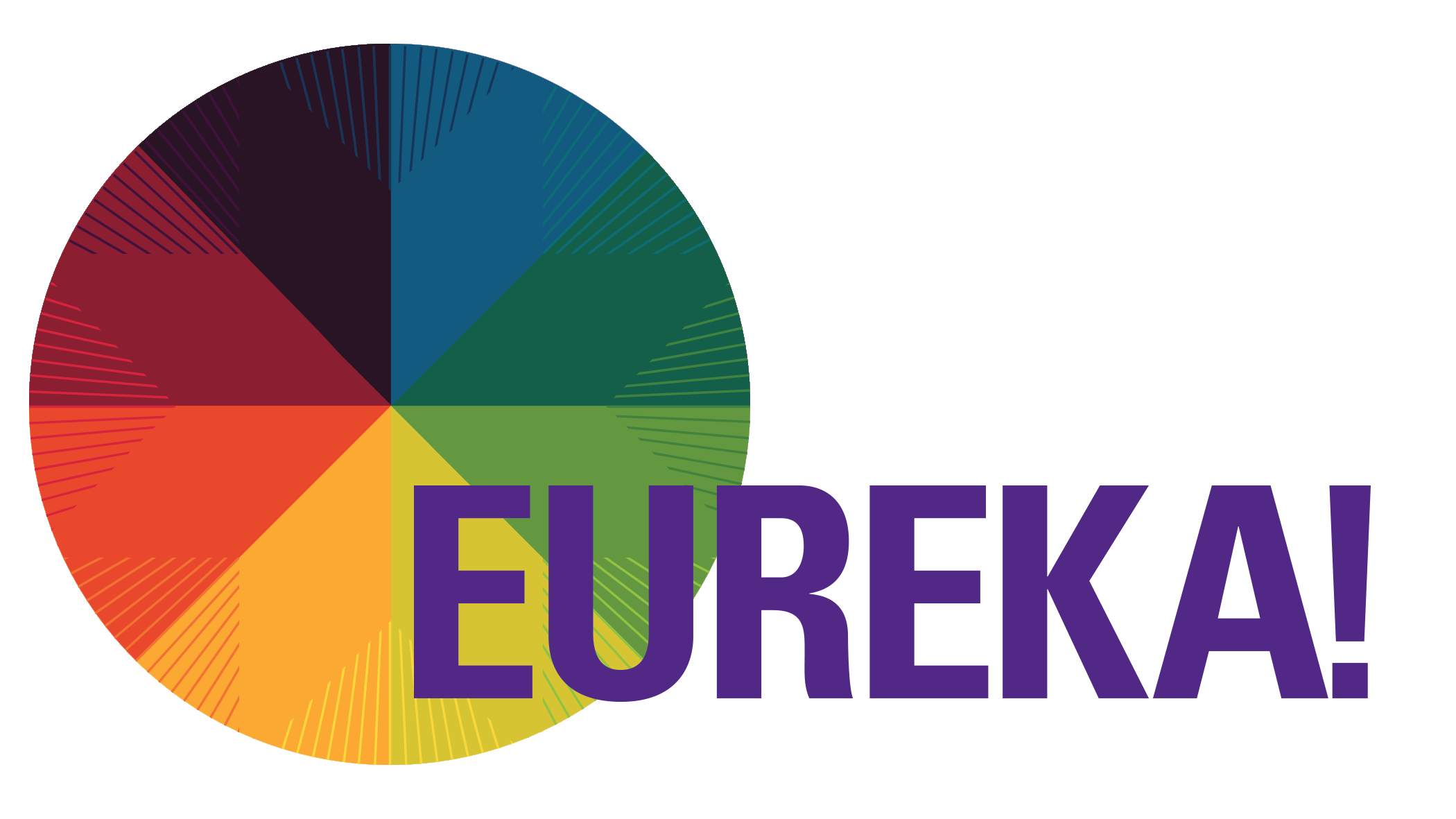The pilot of Junior Eureka will initially target years four to six but we intend for it to grow to years four to ten in future years. Junior Eureka’s primary aim is to enable, encourage and engage young students to talk about science, technology, engineering and mathematics, with knowledge and confidence, to their classmates, friends and families. The secondary aim of Junior Eureka is to prepare students to participate and do well in the Sir Paul Callaghan Eureka Awards.
The students that participate in the Junior Eureka program will be awarded with a certificate to recognise their achievement.
We are working with the Ministry of Education, the Royal Society of New Zealand and the New Zealand Association of Science Educators.
If you have any queries about Junior Eureka or want further information, please contact us at junior.eureka@eureka.org.nz
Process:
- As a class brainstorm what, where, why, how and who is using science, technology, engineering or mathematics (STEM) in your home, school or community
- If needed break into small groups and further brainstorm what, where, why, how and who is using STEM in your home, school or community
- Choose a local application of STEM Investigate the application by talking to teachers, family, friends and local business (possibly Eureka Alumni). Supplement the investigation with online content
- Write and present a speech with an introduction, description of the local application of STEM and a conclusion
Outcome:
Recognition:
All students that participate to a sufficient level receive a Junior Eureka Achievement Certificate


